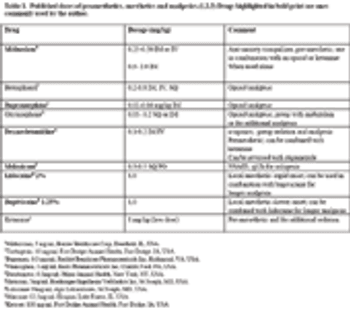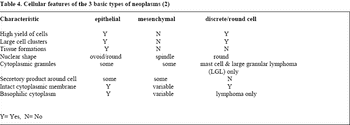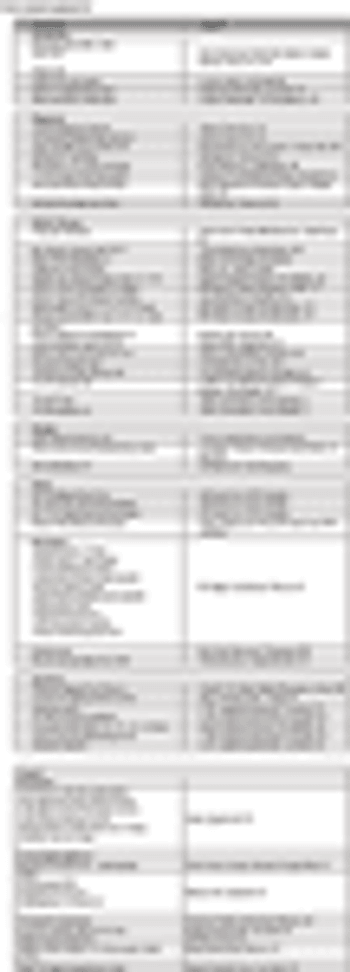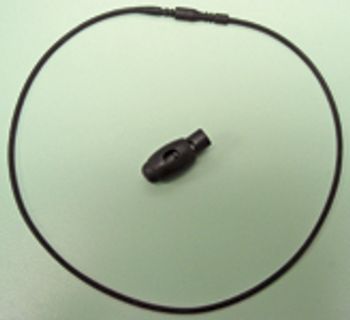
State-of-the-art improvements in how we feed and provide medical and surgical care for exotic mammals has resulted in a greater lifespan for these beloved family pets. Many exotic mammal owners are dedicated to the health and well-being of their pets and expect the best in medical care including perioperative care. Utilizing the practice team to provide superior medical and surgical care is the goal.







